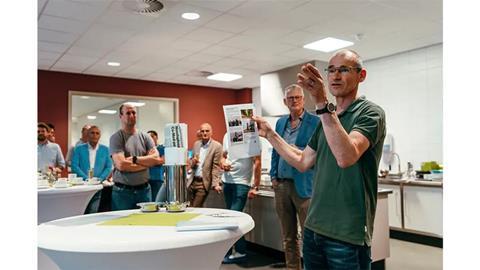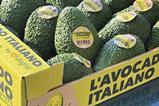New facility in the Dutch soft fruit heartland around Breda promises to enhance breeding company’s berry R&D potential

Rijk Zwaan has ramped up its berry research and development operation with the opening of a new greenhouse in Dinteloord, in the Netherlands. The facility, which will be used to produce new berry varieties, features advanced, energy-efficient systems that the company says will ensure “optimal conditions” for year-round breeding.
“Our new breeding greenhouse represents a significant step forward in our mission to innovate in the area of fruit and vegetable breeding,” said Michiel Zwaan, Rijk Zwaan’s berry crop manager, at an opening ceremony attended by colleagues and construction partners.
“The new facility allows our team to conduct year-round research in optimal conditions, accelerating the development of our new breeding programme for berries.”
Rijk Zwaan has been active in vegetable breeding since its foundation in 1924. Last year, it officially launched a berry breeding programme aimed at broadening its product portfolio with strawberries, blackberries and raspberries.

Breeding manager Pieter Egelmeers explained: “Berries are traditionally propagated vegetatively rather than from seeds. We are focusing on both propagation methods in our breeding programme. Building on our knowledge of research, breeding and seed production, we hope to bring new and innovative strawberry, blackberry and raspberry varieties to the market that will add value for growers and other chain partners.”
The new breeding station was constructed by Van der Hoeven. Its CTO, Menno van den Brink, commented: “We, along with our fellow suppliers, take pride in supporting Rijk Zwaan’s innovative efforts, particularly in advancing berry breeding. Corporate social responsibility holds significant importance to us, and we’re pleased to contribute towards initiatives such as the Sibusiso foundation in Tanzania. As suppliers, we are delighted to present a collective gesture to benefit this foundation during the opening of Rijk Zwaan’s new breeding station.”








